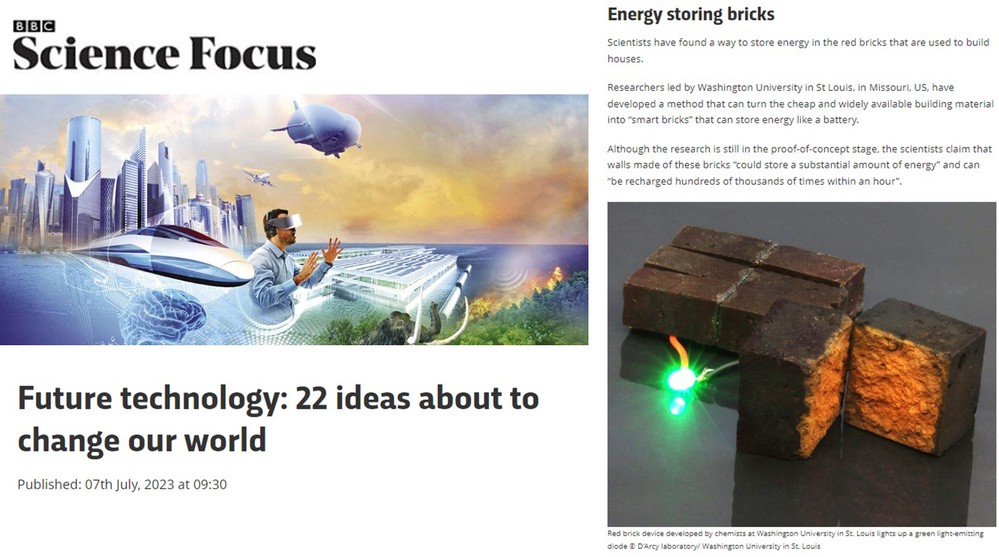
How would the largest battery look? This research aims to enhance local storage of renewable electricity by creating a super large battery, potentially as large as a building. While the energy density of current battery systems has approached the theoretical limit, we aim to further increase energy storage by replacing traditional low-mass-loading electrodes with high-mass-loading bulky electrodes, according to the equation: Energy storage amount (Wh) = Energy density (Wh/kg) x Mass (kg). Our research focuses on the design and synthesis of electrode materials suitable for bulky fabrication, exploring and solving problems in large-scale bulky electrode systems. Here are the questions we would like to explore:
(1) How can we design and synthesize mechanically robust electrode materials, as robust as concrete?
(2) How can we design and synthesize mechanically robust solid-state electrolytes, as robust as cement?
(3) How can we ensure that electrons and charge carrier ions move freely in the bulky electrode?
(4) How can we fabricate the super large battery in a safe and durable way?
Our ultimate goal is to develop safe, efficient, durable, and self-sufficient buildings entirely powered by renewable energy.
Selected publications:
(1) S. Fu, H. Wang*, Y. Zhong, S. Schaefer, M. Li, M. Wu*, H. Wang*. High mass loading Li-S batteries catalytically activated by cerium oxide: performance and failure analysis under lean electrolyte conditions. Adv. Mater., 2023, 35, 2302771.
(2) H. Wang*, S. Fu, C. Choi, Y. Zhong, S. Schaefer. Exploring the potential of natural pyrrhotite mineral for electrochemical energy storage, Energy Storage Mater., 2023, 54, 421.
(3) H. Wang, Y. Diao, Y. Lu, H. Yang, Q. Zhou, K. Chrulski and J.M. D’Arcy*. Energy storing bricks for stationary PEDOT supercapacitors, Nat. Commun., 2020, 11, 3882. (2020 top 50 chemistry and materials sciences articles, highlighted by Nature, Science, C&EN, CNN, BBC, Newsweek, The Times, The Guardian and Scientific American).
Media coverage:



